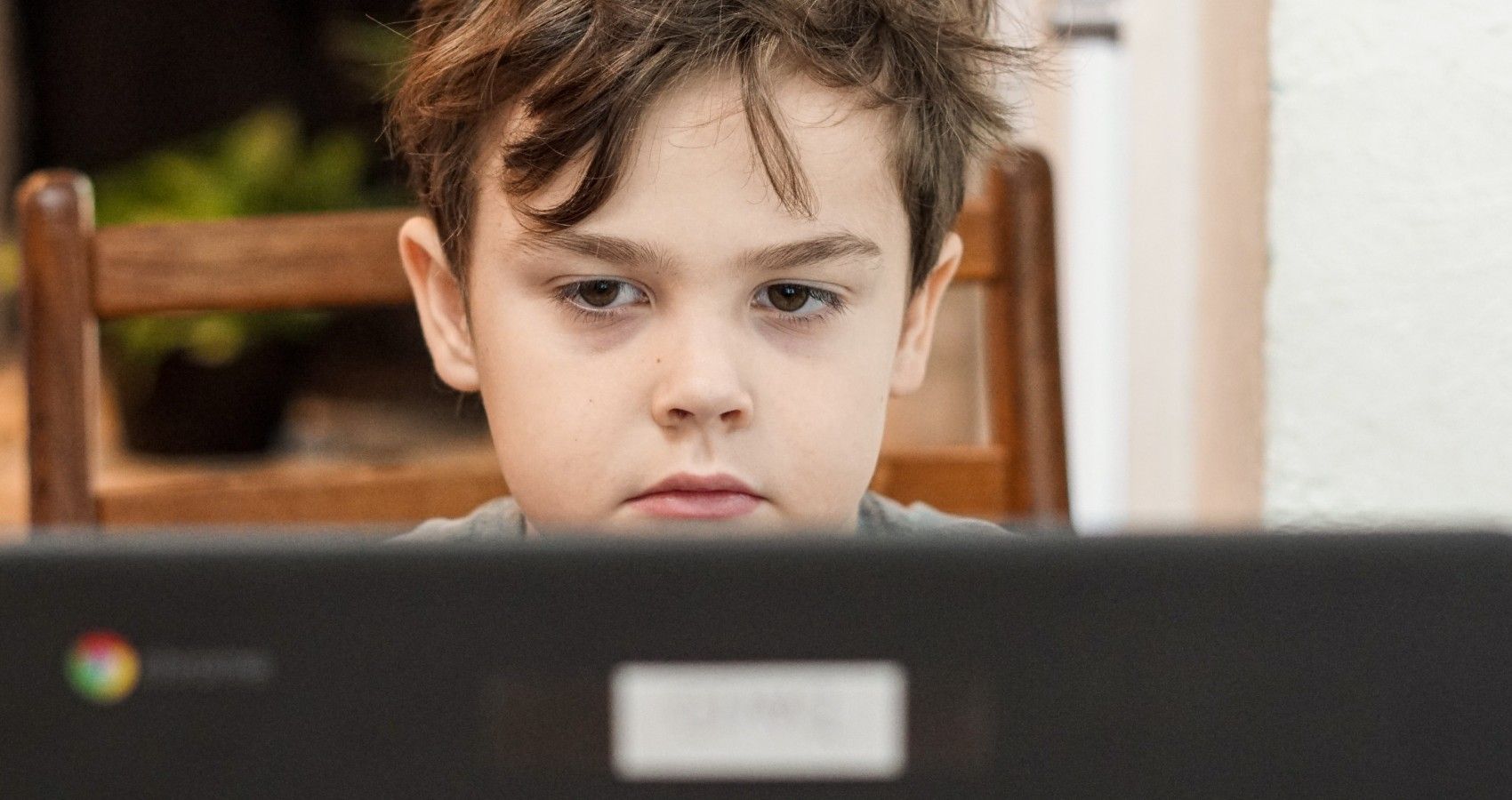Mature content is something not many people talk about, despite the rampant infestation among adolescents. Quite a few parents have been put into a state of complete shock and bewilderment on finding out that their child has indeed come across mature content. It's all over these days, and due to the fact that the distributors seek out the vulnerable, that means children get included.
Pornography is pervasive and parents should try not to minimize it. It can destroy families. For some, it may grab hold and not let go. Unfortunately, it is not uncommon for tweens and teens to have a problematic relationship with pornography without their parents' knowledge.
The Facts On Adolescents & Mature Content
Like all addictions, adult content affects the brain. According to NetNanny, statistics show the average age of a child's first exposure to adult content is 11 years old. However, new research from the security technology company Bitdefender has reported children under the age of 10 now account for 22% of online adult content consumption under 18 years old. Particularly alarming is that the sites most visited by children under 10 include adult content sites. The under-10 age group is now accounting for one in 10 visitors to adult video sites.
Signs Your Child Is Addicted
At this young age, all children are vulnerable to the addictive nature of these graphic images. That's why it can be important to have conversations with children early on. It's also helpful for parents to recognize the warning signs that their child might be viewing adult content on a daily basis. According to Richard Greenberg, MD of South Summit Pediatrics, tell-tale signs of a problem include, but are not limited to:
- Isolation and /or disinterest in friends and activities: Adult content addictions have the ability to take once happy and interactive children and turn them into moody and isolated individuals. If a parent notices that their child no longer wants to spend time with close friends and family, it could be a sign that they are struggling with an addiction. Mature content addictions often come with feelings of guilt as well, so the child may begin to avoid talking with parents.
- Depression or sudden changes in mood: Like all addictions, it reprograms the way children think about others and themselves. As a result, parents may notice that their child begins to act depressed or suffer mood swings. Some common symptoms are irritability, increased disdain, and contempt towards others.
- Increased secrecy: Along with isolation, children struggling with pornography addiction may also withdraw into themselves and share fewer details of their lives. They will likely spend long periods of time in the bathroom or shower and be more secretive in general.
- Sexually explicit language and drawings: Parents might also notice that their child knows more about sex than they would expect. Children addicted to adult content will often use sexually explicit language and write about or draw sexual themes. The addiction causes sex and bodies to be on their minds much more frequently, and as a result, will infiltrate their actions.
How To Manage Your Reaction
Choosing to take any fear, anger, or discomfort with this situation to a healthier place can be a great first step. Talk about it. Let them know exactly what you are feeling and what you think is the source of these feelings. Fears often stem from some perceived loss of control, or the unknown, not genuine danger.
- Journaling or writing down feelings is an insightful way to understand one's own thought process. Putting it down on paper and picking it up again later with fresh eyes might help to dig into the root cause of everything going on, and how to handle it.
- Take breaks, get outside, and escape when able. Sitting and stewing on every emotion will most likely do more harm than good.
Children often stumble upon adult content by accident. They keep going back for a variety of reasons. Whatever the case may be, continued use often leads to addiction. Children may find that they need to view more adult content, a more extreme form of this content, and/or violent mature content, in order to get the same release. This is the case with other addictions too, like alcohol and drugs.
Setting Limits On Technology
If parents suspect that their tween may be creeping onto these sites, or even have an addiction, it might be a good idea to set some firm limits. Basic house rules might include only allowing technology in open areas, when others are present. Tweens would not take a cell phone into the bathroom or their bedroom either. Having a nightly curfew on all devices might be a good idea as well. Covenant Eyes is one of the most popular filtering software services that might be of use too. It is actually one of many services out there, so picking one that is right for each family is easier.
Support Your Child & Talk To Them
It should be known that this can be very shameful, and children might not be open to talking about it with their parents. It's ok, having continued support and regular open conversations will help children know that it is ok to talk with trusted adults. It gives them the space they need when the time is right.
When They Talk, Listen
Parents have an honest problem when children express their struggles. Typically, they want to jump in and fix it. They love their child; they do not want to see any pain or hardship come upon them. Ultimately though, this doesn't encourage children to open up and talk more.
Reflective listening may be a good choice in an effort to help a child through this. The benefits of reflective listening are that it can:
- Increase understanding of what the child is saying.
- Help the child clarify their thoughts.
- Reassure the child that someone is willing to listen and wants to help them express their thoughts.
According to Penn State University, reflective and active listening are both effective methods to use when having a conversation. The difference between the two is that one reflects the other person's thoughts back onto themselves and the other requires you to engage in the conversation and show recognition of their thoughts.
Seek Professional Help If Needed
Many children addicted to adult content have been able to rise above the temptation without professional support, but there's nothing wrong with seeking out outside guidance.
Sources: Covenant Eyes, NetNanny, Bitdefender, Penn State University


.png)

.png)
.png)
.png)

.png)